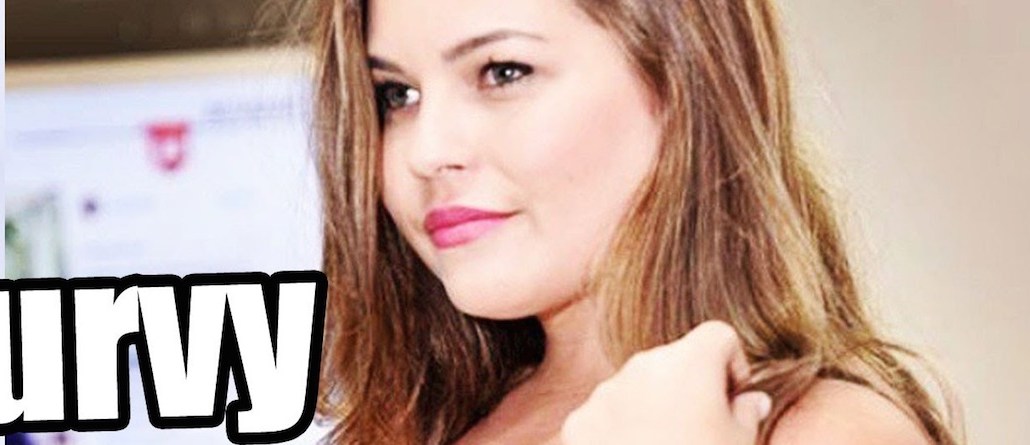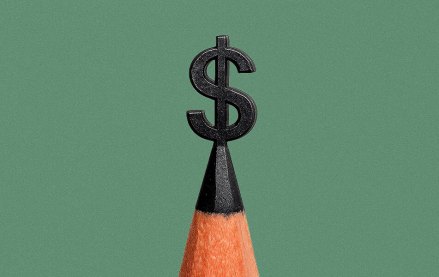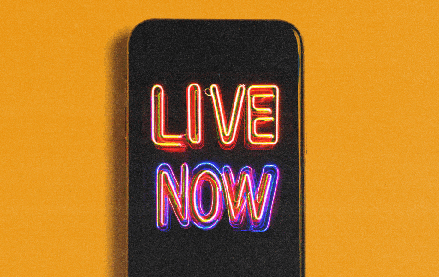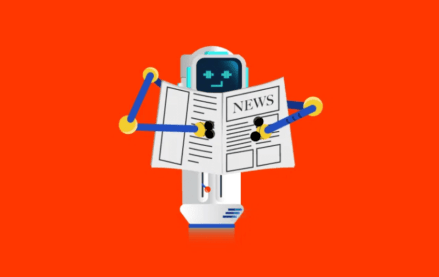
Instagram has lifted its “ban” on the #curvy hashtag after it received complaints from people saying it was being used for body-positive pictures, and not porn as Instagram claimed.
The photo-sharing app decided last week to prevent people from searching the hashtag because it was “being used to share content that violates our guidelines around nudity,” a spokesperson told Recode. As a result, people were using #curvee and #bringcurvyback as a temporary solution.
Users were angry with Instagram because the hashtag was mostly being used by women to promote their healthy figure and not for nefarious reasons. But Instagram said its filtering algorithm found posts unrelated to body positivity, mostly porn.
That doesn’t mean searching #curvy is completely back to it once was. A search for it only returns nine pictures based on popularity because Instagram is limiting pictures “appearing on the hashtag to those photos/videos that we are more confident will be ‘clean,’” Gabe Madway, a publicity manager at Instagram, told us.
Instagram acknowledged to Digiday that people use #curvy in “very positive ways,” saying in a statement that it has “decided to unblock the hashtag while taking steps to ensure that it’s not used as a vehicle for bad content.”
The approach suggests Instagram is looking for a middle way in allowing users freedom to express themselves without being pulled into the Internet cesspool. As the recent Reddit revolt has shown, striking this balance is never easy.
“This wasn’t curvy photography, this was just irrelevant pornography,” Nicky Jackson Colaco, an Instagram spokeswoman, told the Washington Post. She said the community tries its best to promote a healthy community without limiting free speech, which is why eating disorder hashtags, i.e. #thinspiration, contain a link to its health center but aren’t banned.
More in Media

Yahoo takes cues from platforms as it offers more editorial control to creators
Through its creator program, Yahoo is evolving from its roots as a content aggregator and editorial publisher to more of a distribution platform for individual creators.

Podcast companies turn to live events to capture growing advertiser spend
The surge in the number of live podcast events in 2025 reflects a broader shift: advertisers are betting bigger on podcasts — not just as an audio channel but as a full-fledged creator economy play.

Media Briefing: ‘Cloudflare is locking the door’: Publishers celebrate victory against AI bot crawlers
After years of miserably watching their content get ransacked for free by millions of unidentified AI bot crawlers, publishers were finally thrown a viable lifeline.





